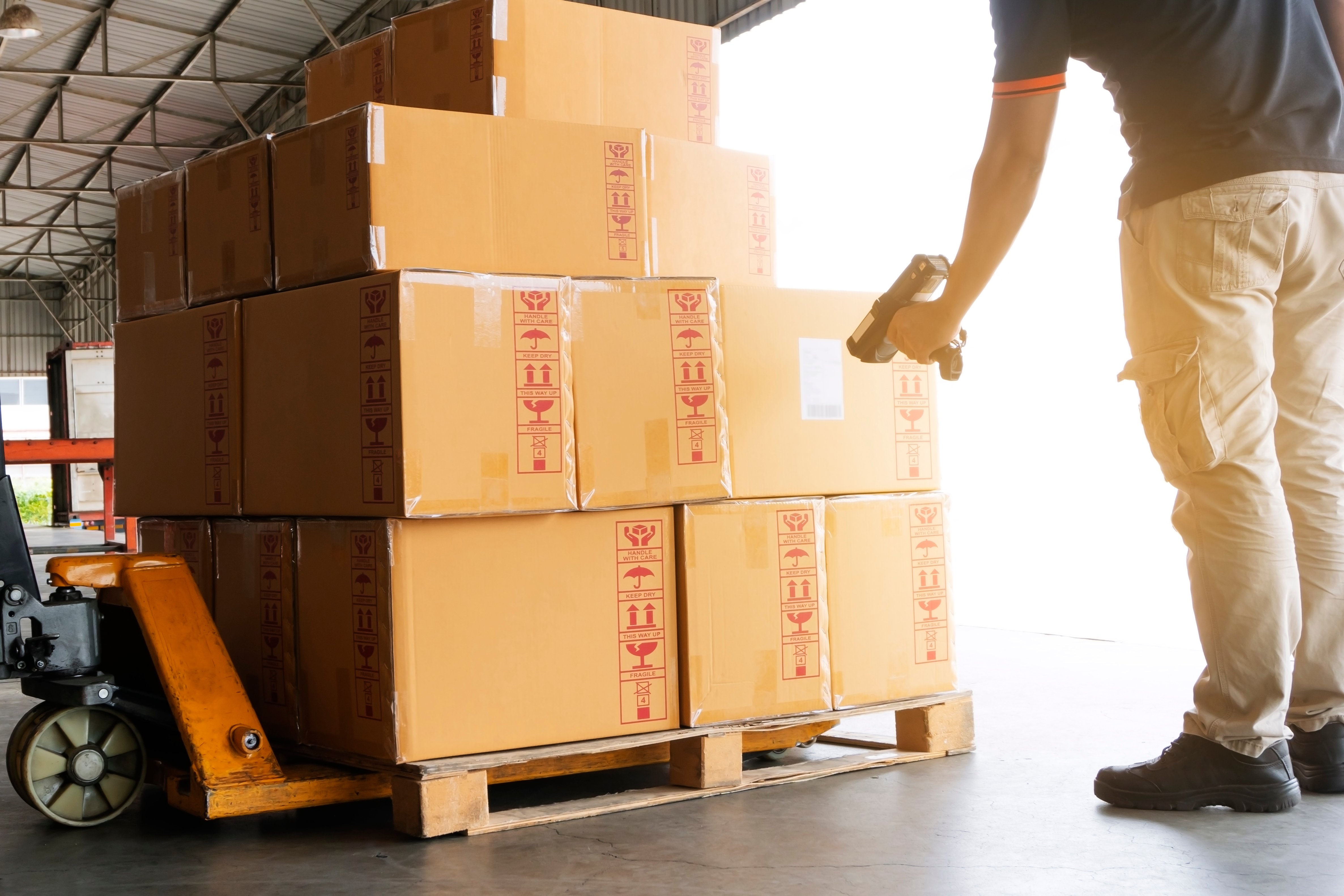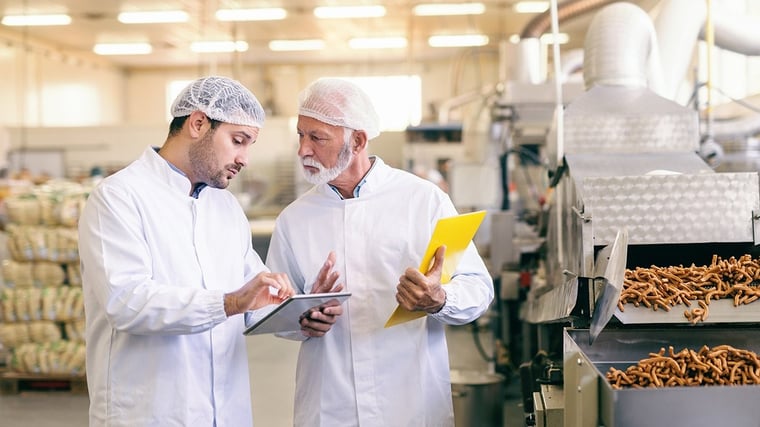Food manufacturers are experts in product innovation. Such knowledge is essential if your business is going to survive and thrive in the face of competition (especially as more and more new products are launched each year). But these days, it’s not enough to only adapt.
You must also transform your business. Digitalisation is one way. The following article gives some simple guidance on:
- What digitalisation looks like for food manufacturers
- Why digitalisation is important for food manufacturers
- When you should adopt new technology
- How you can start digitising your business
What does digitalisation look like for food manufacturers?
Digitalisation is the process of digitising various aspects of a business to improve its processes. By doing this, you can improve efficiency, productivity, profits, customer satisfaction, service and more.
Now, what does this look like for food manufacturers?
Digitalisation will help you reduce expenses, save time and boost the efficiency of your core business functions like product development, logistics and production. The right digital strategy will also include an industry solution that will help you retain your traceability and compliance.

Why is digitalisation important for food manufacturers?
Nowadays, there’s no industry, sector or vertical that hasn’t been touched by the digital revolution. As long as the consumer drives the market, all businesses will need to leverage technology to stay ahead of their customers’ ever-changing demands.
Additionally, technology can help you stay ahead of the competition. If you’ve thought of digitalisation to keep stride with customers, don’t you think your competition will have too? So, if you don’t embrace digitalisation or do it properly, you could be giving your competitors a head-start.
Here are some more benefits of digitalisation for the food manufacturing industry to give you more of an idea of why it’s so vital:
- Boost business agility - something that’s essential for growth. According to global management consulting firm A.T. Kearney, the world’s top 25 brands are expected to lose $50 billion of growth to smaller brands that are more agile and resonate better with consumers.
- Stay customer-centric. Technology (like an ERP system) can centralise data from multiple sources so you can quickly find the customer information you need to provide excellent service or innovate products/services.
- Boost efficiency. For example, automation can help take time-consuming manual tasks off your team’s hands and AI can generate predictive analytics so it’s easier to make more informed decisions.
- Enhance resource management. Organising staff schedules, for instance, can be more efficient. Smart algorithms can help you match the appropriate staff to the relevant task and machine learning can help ensure the process always improving, based on specific criteria.
- Make more informed business decisions for the future. Predictive analytics and data conveniently displayed in customisable dashboards makes it easier for you to plan for the future.
- Optimise your supply chain. Technology makes it easier to control and monitor the flow of materials, yield materials, associated costs and more. You can use this information to improve your supply chain.
- Maintain quality control. Thanks to a centralised system, you gain more visibility over your manufacturing and production processes. So, you can ensure the best end-product for your customers.
- Reduce waste. Technology can help you reduce food loss and waste with the use of co and by-products. Not only does this reduce your carbon footprint but it can also open a new revenue source.
- Manage your allergens and ingredients. Allergen and ingredient-related regulations are always changing. Ensure your business is compliant with an industry-specific solution that helps you keep up with new laws and consumer demands.

How early should you adopt new technology?
The diffusion of innovation states that there are five categories of adopters:
- Innovators - the ones who are always exploring new ideas and technologies.
- Early adopters - known as ‘opinion leaders’, these people tend to adopt technology after the benefits are clear. They are very receptive to change and like to seek improvements.
- Early majority - second in line to adopt technology. They like to read reviews by earlier adopters to validate their decision.
- Late majority - often sceptical of change, they adopt technology if they feel as though they’re missing out or will be left behind.
- Laggards - very reluctant to change, these people only adopt technology if they feel pressure from others and have strong evidence/research to support it.
Which do you most identify with? In our view, the earlier you start, the quicker you can reap the benefits. However, this does depend on your key business goals.
For example, if your goal targets improving incremental ROI, early adoption may not guarantee it. However, if you delay too long, and remain a laggard, there is a risk that your competitors will have embraced a digital approach and overtake you.
How do you digitalise your business?
The best approach is to focus on building a long-term digital strategy. Consider what pieces of technology will address your business needs and challenges, not just immediately but in the long-run too.
One good example of technology that meets this criterion is automation. Automation can help you:
- Ensure the quality of your food products meet and exceed customer expectations - such as RFID tags that display vital information on the shelf life of perishable goods
- Enhance the efficiency of your manufacturing processes - such as manual tasks like data entry being automated. This speeds up the process, reduces the likelihood of errors and eliminates the risk of data duplication
- Ensure the correct product information is created - such as price and labelling
- Ensure the products are kept at optimum conditions during storage and transportation - such as by constantly monitoring conditions and tweaking if they ever fluctuate
Discover the full roadmap to a digitally transformed future in our comprehensive guide
The benefits of digitalisation we covered above are only a snippet. Technology can transform your business processes and maximise your results. But you need to have the right strategy in place.
Read more about the steps you can take and the pitfalls to avoid in our industry report, the Roadmap to Transformation in Food & Beverage.

